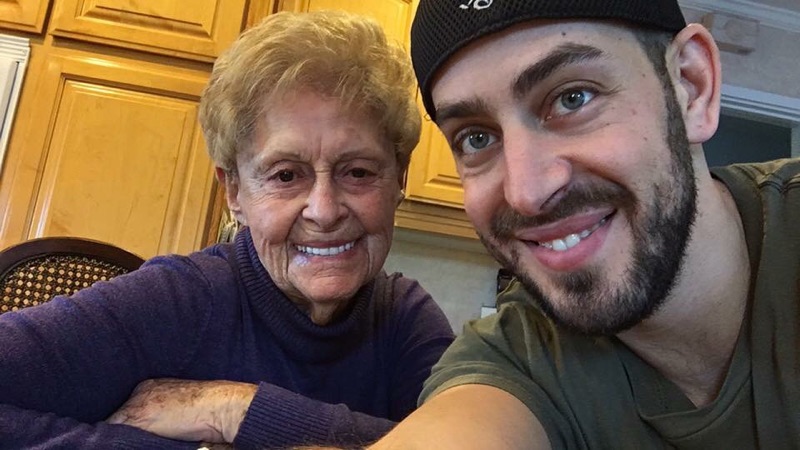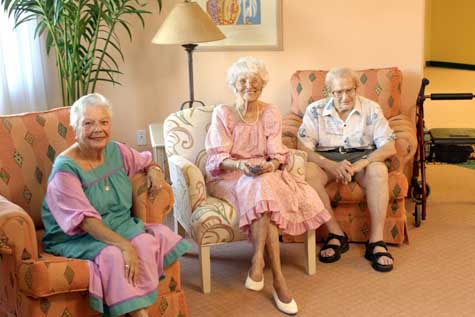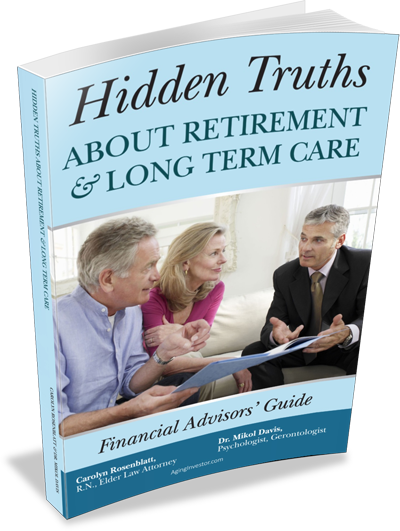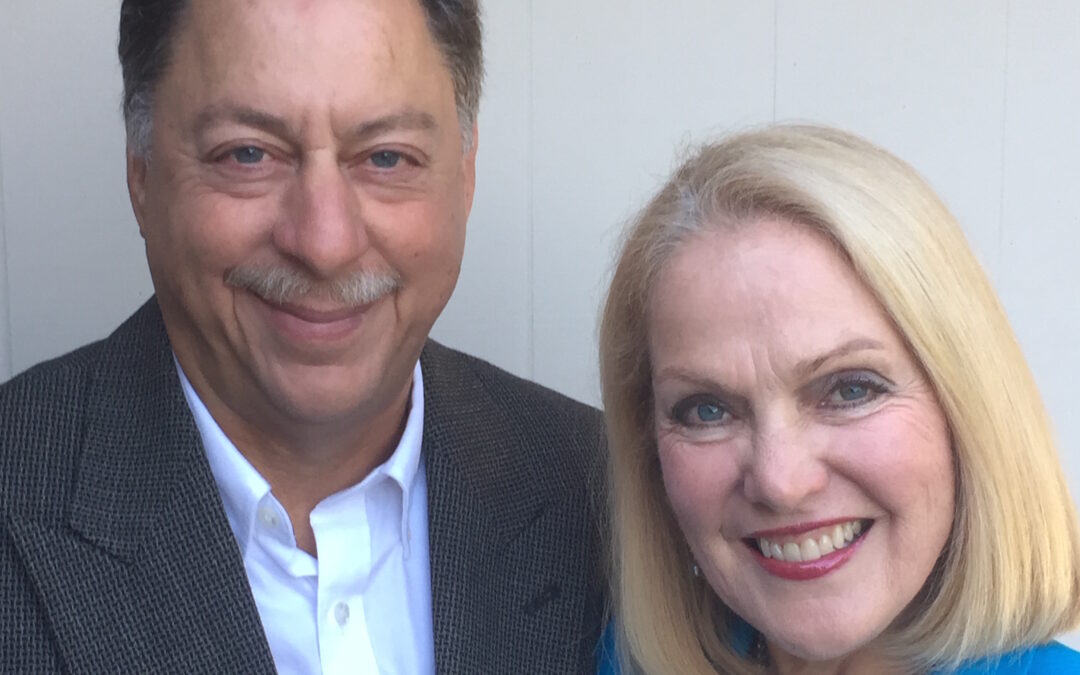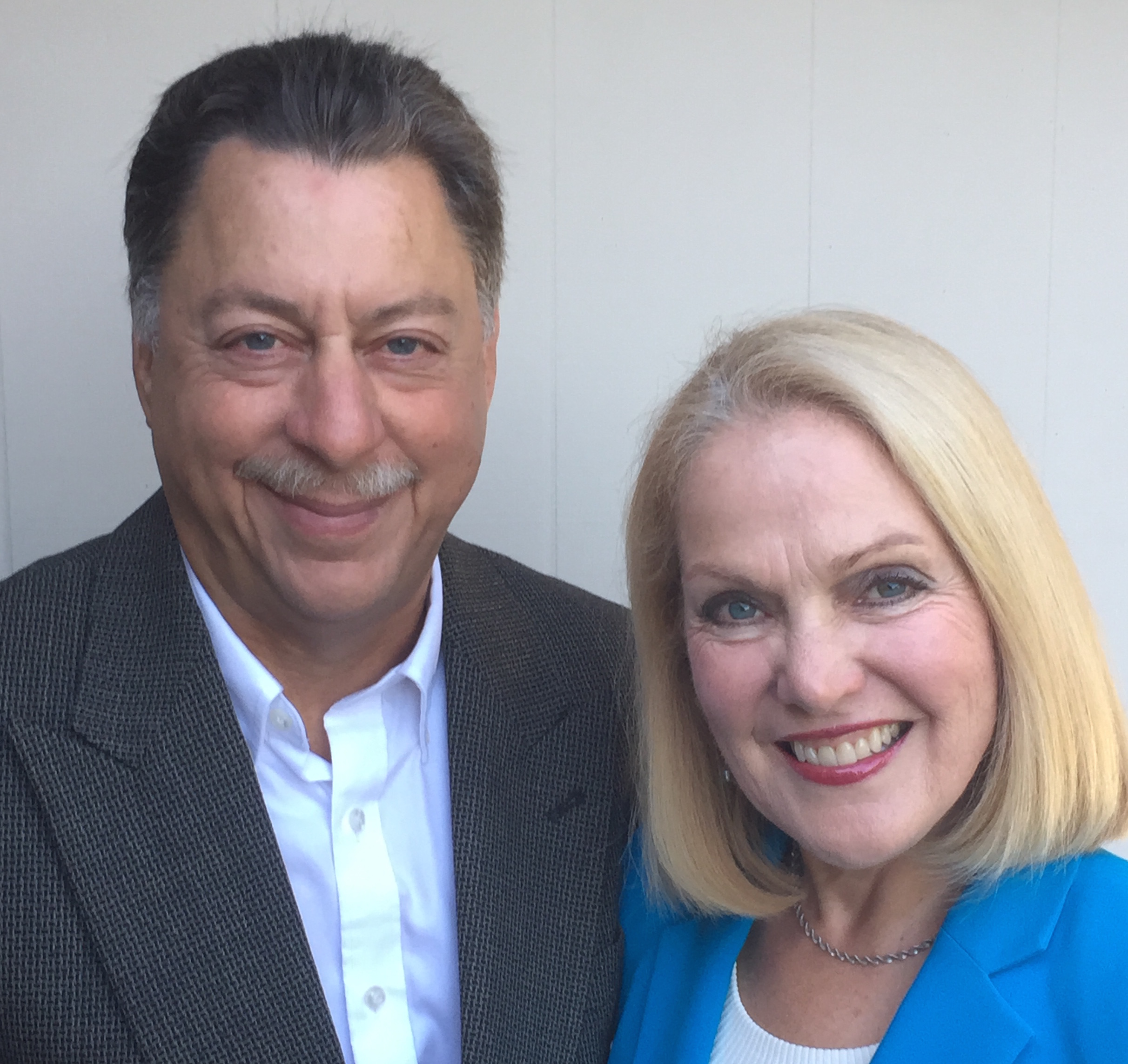
One Thing You Should Never Tell Your Aging Investors
In retirement planning discussions, we see this statement financial professionals often publish for their clients:
“The average lifetime out of pocket costs for healthcare for a 65 year old couple retiring today is $285,000.”
Why should you never say this? It’s misleading at best and at worst, it’s false. From my own research as to where the number came from, I found it in government sources calculating Medicare deductibles and supplemental insurance payments, and co-pays Medicare does not cover. Generally, the out of pocket calculation refers to non-covered “medical” costs. But when that term gets diluted to mean “healthcare” it is far too broad and it simply ignores the reality that long term care is indeed healthcare. Medicare does not cover that at all, except for limited stays in skilled nursing homes following hospitalizations. It is noteworthy that when the Federal government uses data to calculate what out of pocket medical costs will be, the subject of long term care is entirely omitted.
The “average” lifetime cost of long-term care for two people in this country is far greater than $285,000. According to research by long term care insurance provider, Genworth, seven in ten people will need long term care at some point in their lives.
The comprehensive Genworth cost of care study, done annually, was published for 2020. Consider that at some point, with longevity being as it is, an older person with multiple medical conditions may need 24/7 care. Almost everyone will tell the advisor that he or she wants to stay at home and age in place. What will that cost at home in any of the most expensive states? In California, for example, the median cost of in-home care with a non-licensed caregiver full time, 27/7 is $252,000 per year! This is not medical care, in the sense that no skilled nursing is part of it, no doctor’s prescription is involved, and the agencies that supply unlicensed home care workers can charge whatever the market will bear.
A truthful financial professional will never mislead aging clients, or those planning for retirement by telling them that all they have to worry about for their future out of pocket healthcare costs is $285,000. Prudent financial advisors will themselves look annually at the Genworth study and help clients calculate the costs of long-term care, which every person should know about.
Costs of care, whether at home, in an adult day health center, in assisted living or in a skilled nursing facility vary widely from state to state. Looking at national median costs can be of little benefit to anyone doing retirement planning. Instead, using data from the Genworth study, one can look state by state for the real, most applicable numbers derived from where your client lives or plans to retire.
From my perspective, financial advisors are not educated to fully understand the difference between government provided statistics about out of pocket, non-Medicare covered medical costs and what we mean by long term care. They are quite different terms. It is distressing to me, with substantial experience in nursing, to see the fallacy of statements published by financial professionals about what retirement planning should include. Clients will be shocked to find that their own experience with having to pay for long term care out of pocket is not what their own advisor told them years before.
If you are in the retirement planning business and you want to serve your clients well, bear in mind that the data telling us that seven in ten people will need long term care at some point is likely true. Don’t fool yourself into thinking that retirement planning is just fine if a couple puts away enough to generate $285,000 for out of pocket medical costs. They also need to plan for how to pay for long term care, which they are statistically likely to need. That cost can destroy the most carefully laid plans for retirement income.
As a real-life example, take a client of ours, “George” at AgingParents.com, where we offer advice and guidance to families with aging loved ones. The advice encompasses legal, financial and healthcare issues as well as diminished capacity issues. George is 98 years of age and still sharp, though with some memory loss problems. He was wealthy at one point, after two successful careers. He owns his own home and wants to stay there for the rest of his days. His physical health is fragile and he now needs 24/7 help. He hired a good agency to provide in-home care. He spends in excess of $300,000 a year for caregiving alone, not counting the cost of everything else involved in home ownership, food, recreation, and out of pocket medical costs. Those medical costs involve dental surgery and equipment he needs at home. He has less than $400,000 left in savings. What if he lives another two to four years?
As you can see from this example, George is not a rare case. Many people do live into their 90s and beyond. Many start out with financial security, only to see assets rapidly depleted as the cost of care escalates to heights no one wanted to think about in retirement planning.
The Takeway
If you pride yourself in doing great retirement planning with clients, get real. Sit down with the data and find out what your clients might expect to need if they live long and require help at home or elsewhere. Tell the truth about it. If they need long-term care insurance to feel secure, talk about it. If they have sufficient assets to make it to 100 or so with full time care, they don’t need to get long term care insurance but they will need to have access to sufficient cash to cover the actual, not fantasy, costs. Above all, be clear in your own mind about what “out of pocket medical costs” means as compared with long term care costs. You are the key to these honest calculations. You can be the hero of the retirement planning story when you present an honest picture to every client you have.
By Carolyn L. Rosenblatt, RN, Attorney, AgingInvestor.com
About Carolyn Rosenblatt and Dr. Mikol Davis
Carolyn Rosenblatt and Dr. Mikol Davis are co-authors of The Family Guide to Aging Parents (www.agingparents.com) and Succeed With Senior Clients: A Financial Advisors Guide To Best Practices and Hidden Truths About Retirement and Long Term Care. Rosenblatt, a registered nurse and elder law attorney, has more than 45 years combined experience in her professions. She has been quoted in the New York Times and, Wall Street Journal, Money magazine and many other publications. Davis, a clinical psychologist and gerontologist, has more than 44 years experience as a mental health provider. In addition to serving his patients, Davis creates online courses and products to assist professionals and the public with understanding aging issues. Rosenblatt and Davis have been married for 36 years.


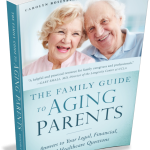 by Carolyn L. Rosenblatt.
by Carolyn L. Rosenblatt.

